During the Corona-19 pandemic, more people are getting to know their kitchens better. Early during the pandemic even baking yeast was difficult to come by. The recipe below takes quite a bit of time and may be a great recipe for you to create in your kitchen when you have extra time. The recipe, from the Idaho® Potato Commission website, requires white wine. Pair the rest of the bottle with dinner or perhaps enjoy a glass while making the Gnocchi!
Idaho Potato Gnocchi with Peas
Ingredients:
Potato Gnocchi – yield about 150 gnocchi
- 4 pounds Idaho® russet potatoes, scrubbed, not peeled
- 2 cups all-purpose flour, plus more for dusting
- 2 whole eggs
- 2 egg yolks
- 2 tablespoons olive oil
- 2 teaspoons kosher salt
- Semolina flour for dusting
Pea Tendril and Spinach Purée – yield 3 cups (24 oz.) 1/4 cup per serving
- 12 ounces fresh pea tendrils, lightly packed
- 6 ounces fresh spinach, lightly packed
- 1/4 cup canola oil
- 2 teaspoons kosher salt
Sauce per serving
- 2 tablespoons butter
- 1 teaspoon garlic, minced
- 1 teaspoon shallot, minced
- 1/4 cup white wine
- 1/4 cup pea tendril and spinach purée
- 1 cup snap peas, trimmed
- 1/2 cup fresh green peas, shelled
Garnish
- Shaved Parmesan cheese
- Extra virgin olive oil
Directions:
Gnocchi
- Prick each potato once or twice with the tip of a knife. Place on a tray or on oven rack and bake at 400°F until centers are soft, 45-60 minutes. Remove skins while warm.
- Working quickly with warm potatoes, push through a ricer or food mill into a large bowl or onto a lightly floured work surface.
- Whisk together eggs, yolks, and oils in a small bowl. Pour over potatoes and mix in with hands or large silicone spatula, while gradually adding about 2 cups flour, working just enough to form a soft dough. Do not over-work.
- Before proceeding, test-cook a few gnocchi in boiling salted water. Allow to cook until they rise to the surface, usually 3-4 minutes. Cooked gnocchi should be light and pillowy. If too soft, work in a little more flour to the remaining dough before proceeding.
- Divide dough into 12 equal pieces. Keep the dough covered while rolling gnocchi.
- Working on a flour-dusted work surface, roll one piece of dough into a rope 1/2 to 3/4-inch diameter. Using a floured bench scraper, cut into 1-inch pieces. If desired, roll each piece on the back of a fork to make indent lines.
- Place rolled gnocchi on semolina flour-dusted sheet pan while preparing remaining gnocchi. Cover tightly with plastic if not using immediately. May be refrigerated up to 1 day but best to use immediately.
- Bring a large pot of salted water to a boil. Working in batches, or cooking per serving, drop the gnocchi into boiling water and cook as directed above. Remove from water with a slotted spoon or large mesh sieve. Serve immediately or transfer to a sheet pan to cool.
- If not serving immediately, cover and refrigerate. Reheat in a skillet with butter until lightly browned.
Pea Tendril Purée
- Blanch pea tendrils and spinach in boiling salted water for 3 minutes. Drain and transfer to an ice water bath. When cool, drain well.
- Blend with oil and salt in a blender or processor until smooth. Store refrigerated in a covered container for up to 3 days.
Per serving, à la minute
- Melt butter in a skillet over medium heat; sauté garlic and shallot until softened.
- Add wine and simmer until reduced by about half.
- Stir in 1/4 cup Pea Tendril Purée, peas and snap peas. Cook just until peas are tender-crisp, adding a few teaspoons of hot gnocchi water if needed to thin sauce.
- Spoon sauce over hot boiled or browned gnocchi. Garnish with Parmesan, fresh black pepper, and a drizzle of olive oil.
Recipe provided by the Idaho® Potato Commission.
-1.5in.jpg)




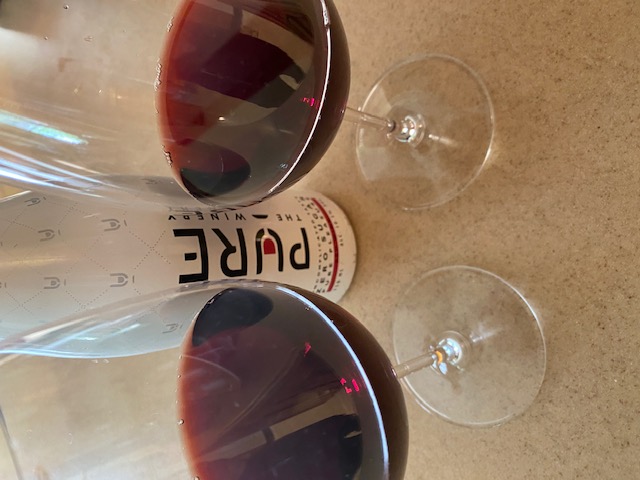
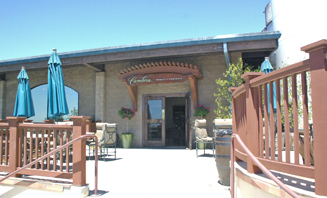
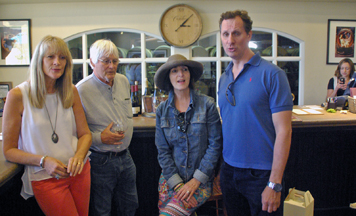
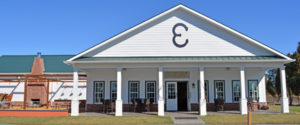
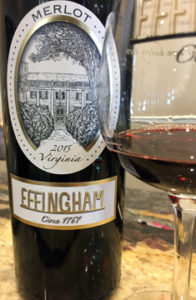
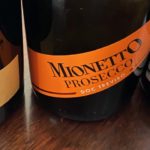
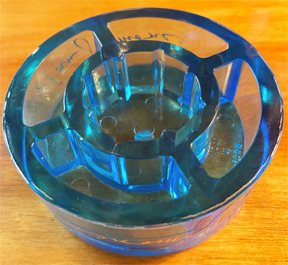
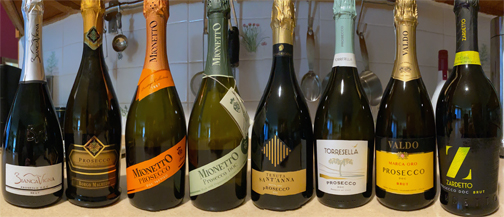
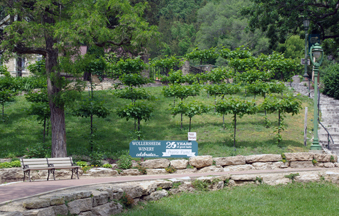
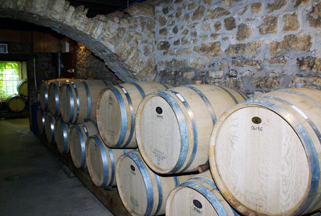
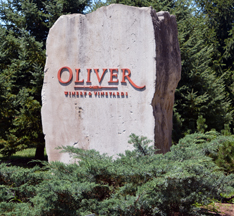
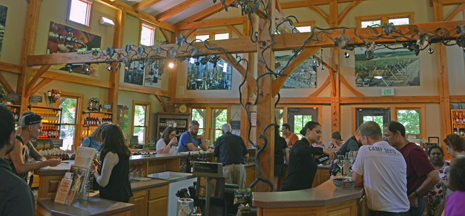
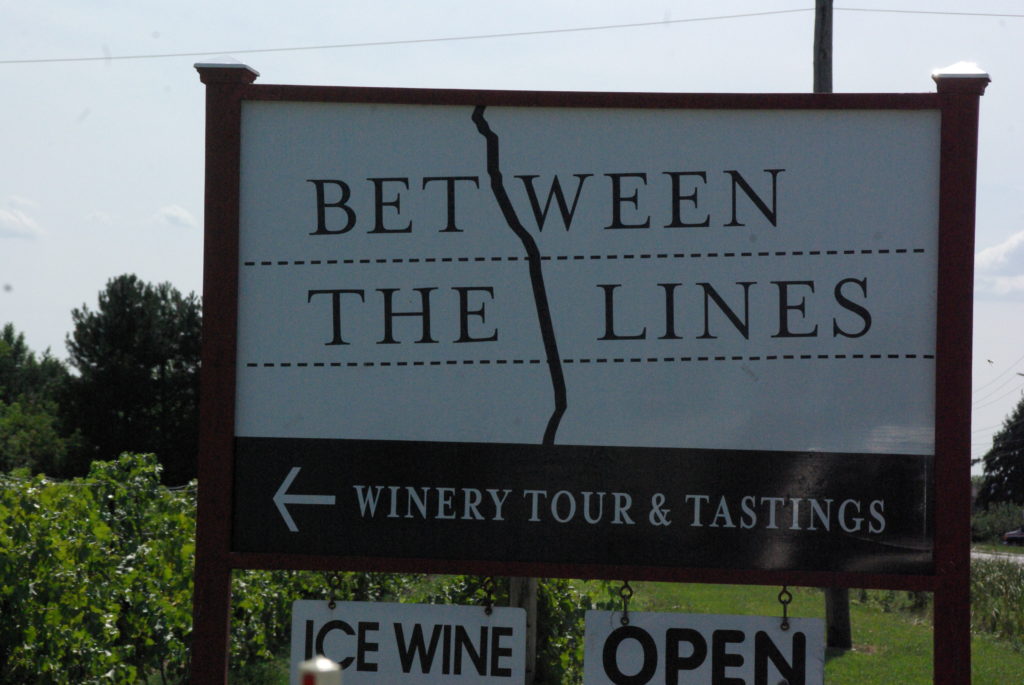
Wine Media Conference
The Wine Media Conference, formerly known as The Wine Bloggers Conference, was to be held in person in Eugene, Oregon which is in the renowned Willamette Valley. Due to the pandemic, the wine conference for 2020 was postponed until 2021. In its place there were a series of sessions. Terry and I attended three of the online sessions which took place last week.
The first session we attended was “Wineries, Wine Writers and the Pandemic.” The presenters included Craig Camp from Troon Vineyard, Meaghan Frank from Dr. Konstantin Frank Winery in the Finger Lakes, Leah Derton at William Chris Vineyards in Texas and Joy Sterling from Iron Horse Vineyards. The moderator was Fred Swan, a wine writer.
Each winery representative talked about the challenges the pandemic has been for wineries and explained enthusiastically what their specific winery is doing to cope with COVID-19. Tasting experiences have changed a great deal; but everyone was enthusiastic about the positive steps their wineries are taking in order to make visiting welcoming and safe. Safety for visitors and staff was mentioned throughout the session. Some of the wineries are doing virtual wine tastings. William Chris Winery offers picnic packs. At Troon Vineyard one staff member is assigned to visitors throughout their visit. Craig noted that their customers are supporting their efforts to stay open and safe. At Dr. Konstantin Frank Winery, they are focusing on tastings based on themes. Meaghan also mentioned the Cornell Experiment Station when discussing the winery’s new tasting experiences.
The second session we attended was “Reporting Techniques for Better Wine Writing” by W. Blake Gray. There were 242 people who attended this online presentation.
Gray began by stating that if you are blogger, you are a journalist. During his presentation, he noted the importance of asking questions. He also commented that “facts are interesting.” Gray believes that talking with winemakers and winery owners is important and that a good question to ask is “What is your philosophy of winemaking?” Gray helpfully provided resources for wine writers including California Grape Acreage Report. California Grape Crush report. Wine Institute. COL search online and OIV.int/en.
The final session we attended was “Easy Wine Photography – Tips to Getting Great Wine Shots Every Time by Christina Peters. Much of the presentation by Peters was an emphasis on how to deal with the reflections on bottles of wine. She noted that reflections vary not only by the location of the bottle of wine but whether the wine is red or white.
She also strongly suggested that when photographing a plate of food with wine, pour the wine into a stemless glass.
These were just three of the many sessions offered this year. The wine media conference offered informative sessions to wine media.
Cheers, Kathy and Terry